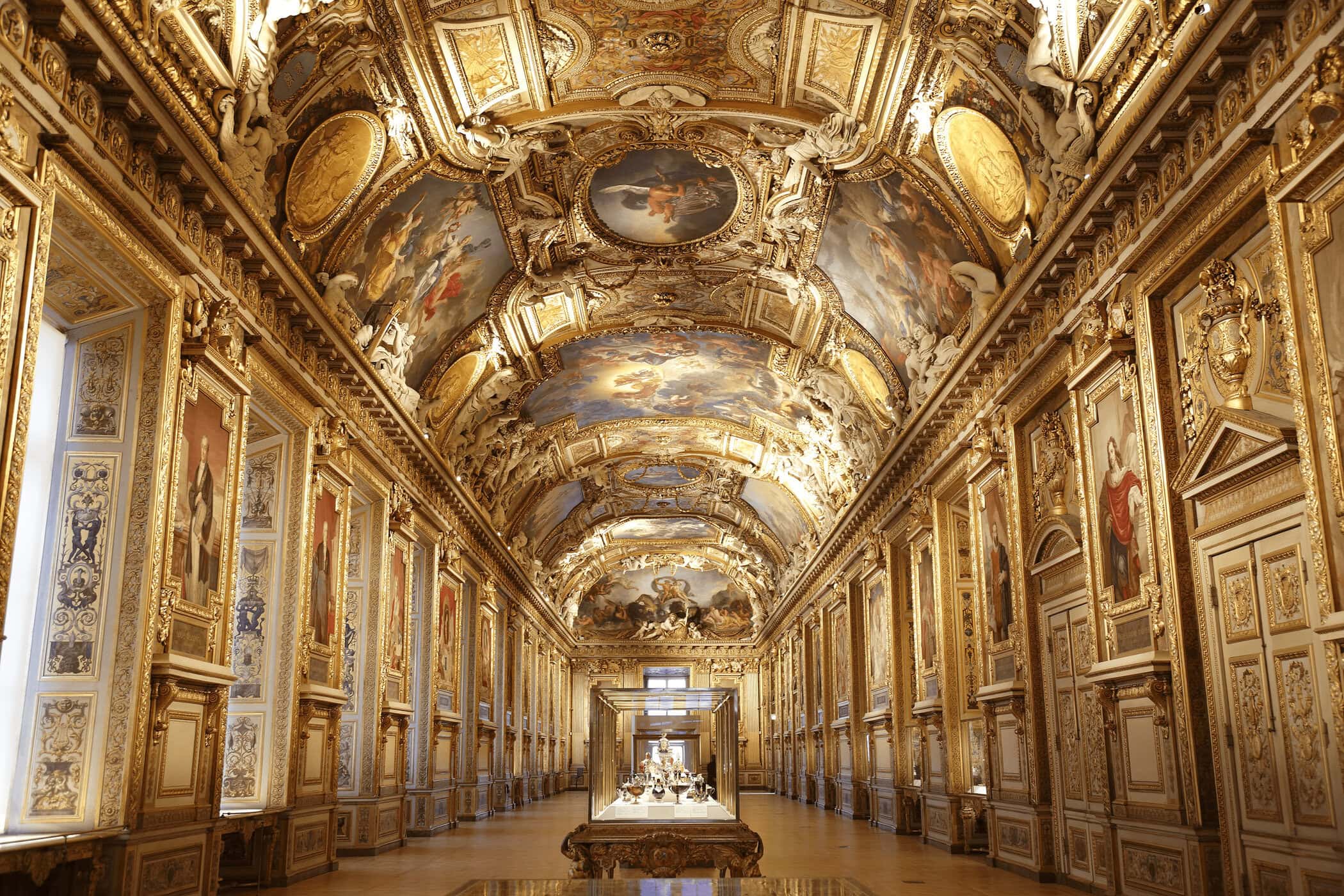A brazen daylight jewel heist at the Louvre leaves France scrambling to recover priceless royal artifacts.
In just seven minutes, thieves penetrated the Louvre’s security and made off with nine pieces from France’s royal jewel collection, triggering an urgent national response and deeper anxieties about institutional vulnerability in the heart of one of the world’s cultural capitals.
Using a monte-meubles – a furniture lift truck common in Paris– the suspects reached the balcony outside the museum’s Galerie d’Apollon, cut through glass, and brazenly targeted display cases with angle grinders. The stolen artifacts, including tiaras and brooches from France’s former royal families, hold both historical and symbolic value. Some were reportedly dropped in the getaway, but most vanished –leaving authorities in a race against time. Experts warn that the jewels may already be en route to be dismantled and melted down for resale, a process that could render them untraceable within days.
The Louvre’s security lapse, particularly in broad daylight, has sparked criticism at the highest levels. President Emmanuel Macron condemned the theft as an attack on national heritage, while government ministries convened emergency meetings to reassess protections at cultural institutions. The incident has also been politicized, with opposition leaders citing it as a sign of state failure.
Beyond the loss of irreplaceable artifacts, the heist raises broader questions about the shifting nature of museum theft. Rather than targeting art for resale to private collectors, experts believe the perpetrators were after the commodities – gold, emeralds, sapphires, and diamonds – that could be extracted and redistributed discreetly. The move reflects a trend seen across Europe, where cultural theft increasingly mirrors organized crime’s demand for high-value, low-trace goods.
Despite the international notoriety of the items – some adorned with thousands of gems – their resale would be difficult without altering them. That gives authorities a narrow window. As Dutch art crime expert Arthur Brand put it: “It’s a race against time.”
While the Louvre reopens under scrutiny and the public reels from what many view as a national embarrassment, the deeper concern is whether this incident signals a new era in cultural theft – one less about prestige, and more about liquidation. For institutions that balance public access with security, the challenge is no longer hypothetical. The crown is gone. What gets recovered, and what gets lost, remains to be seen.
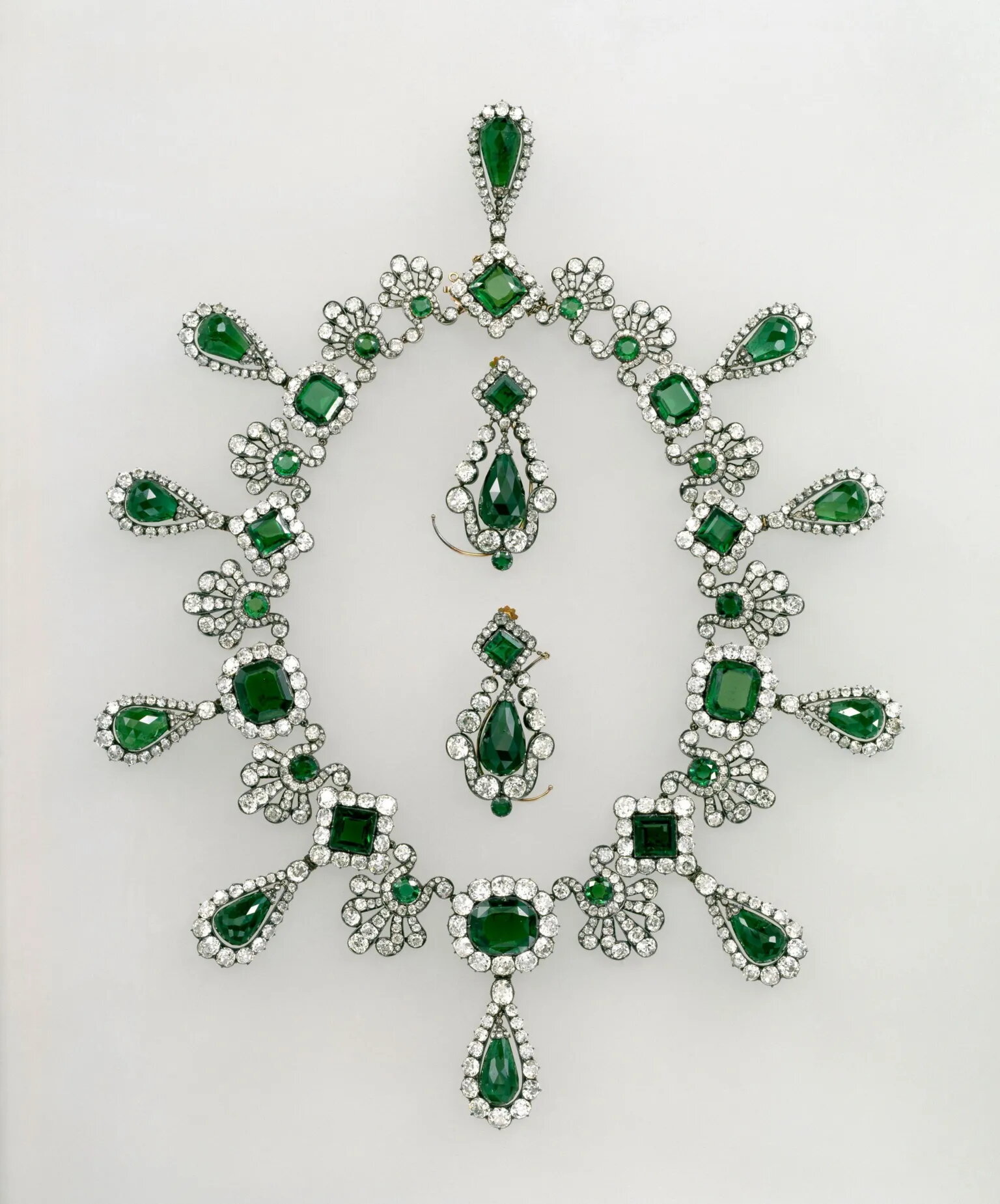
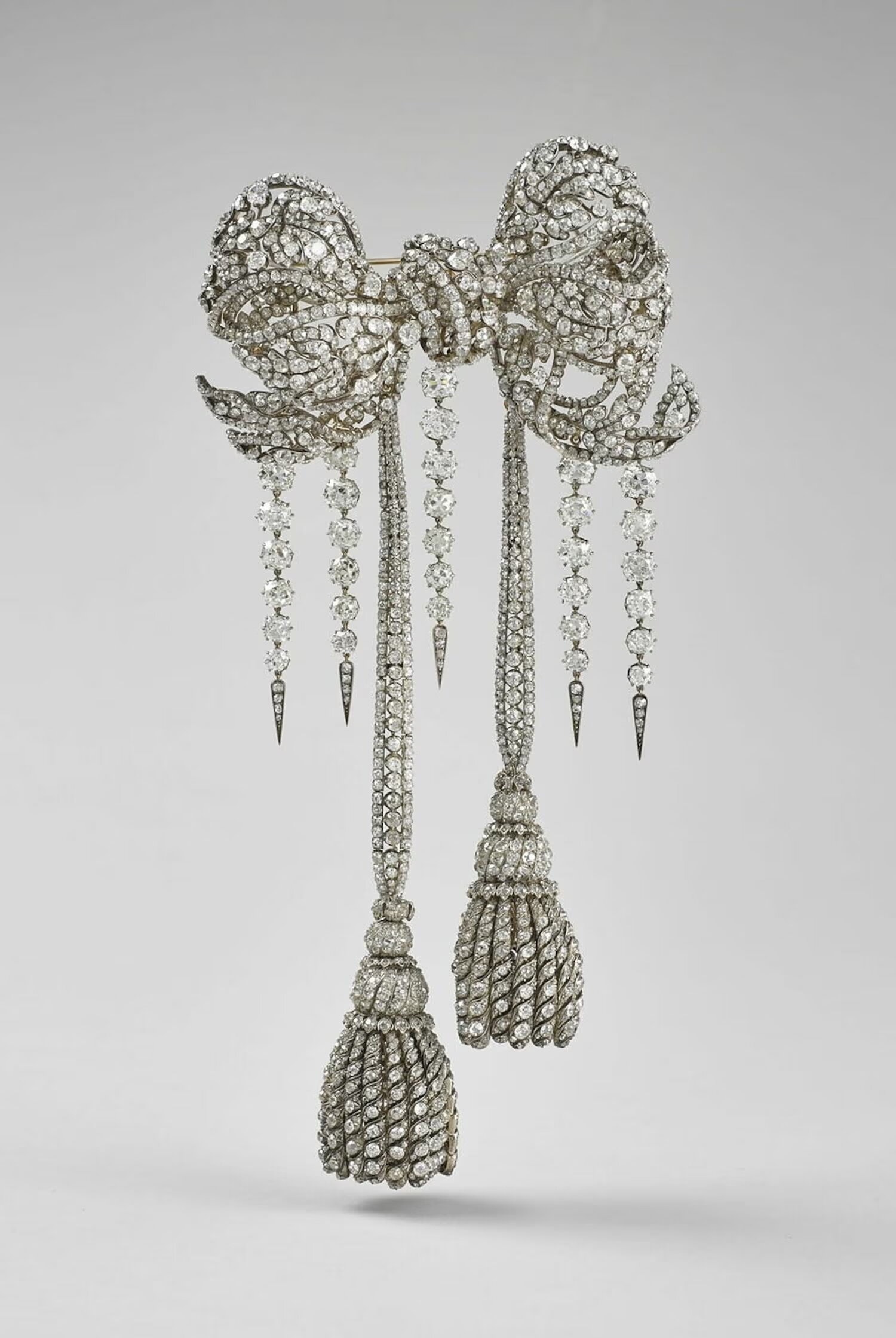
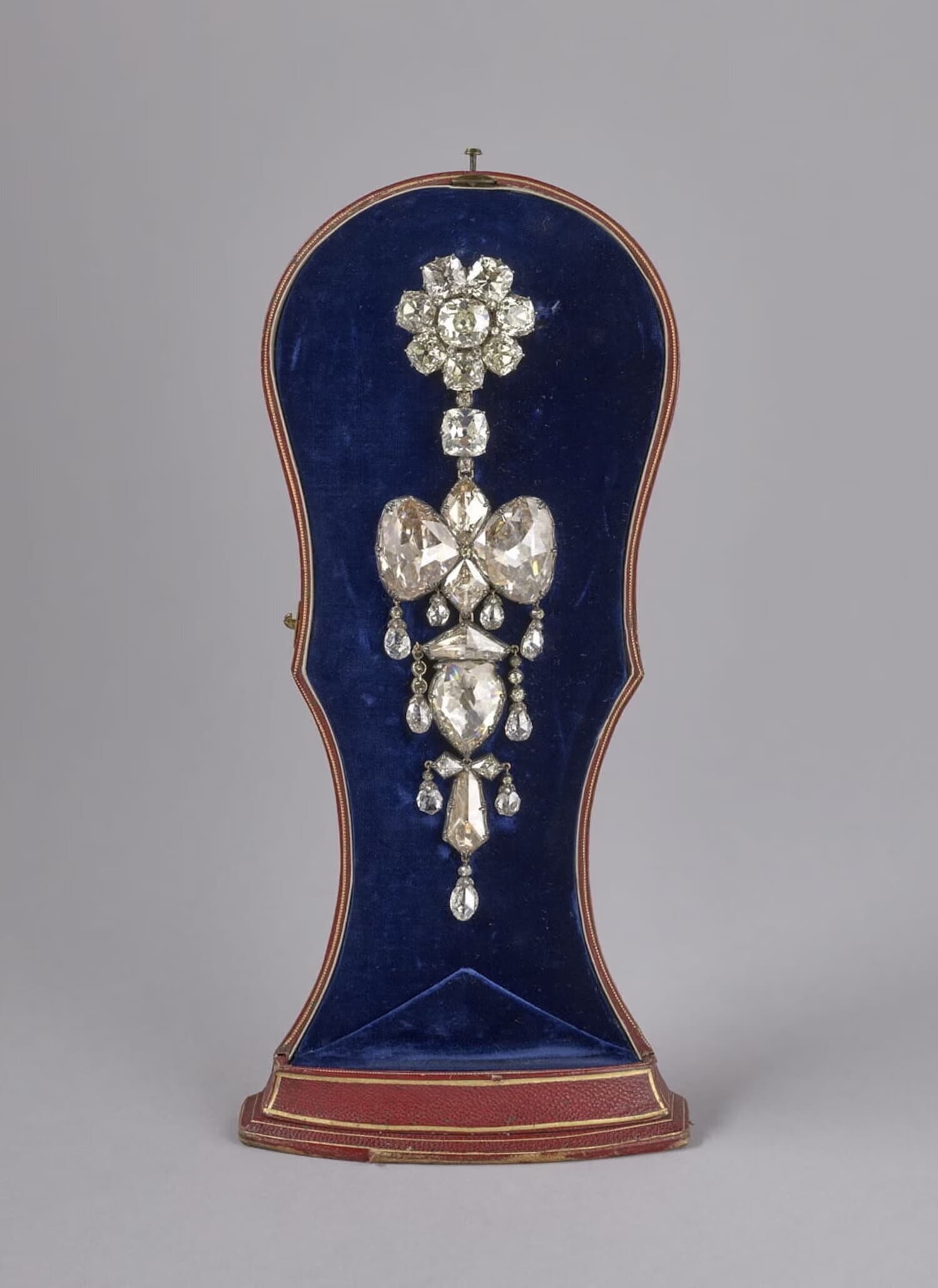
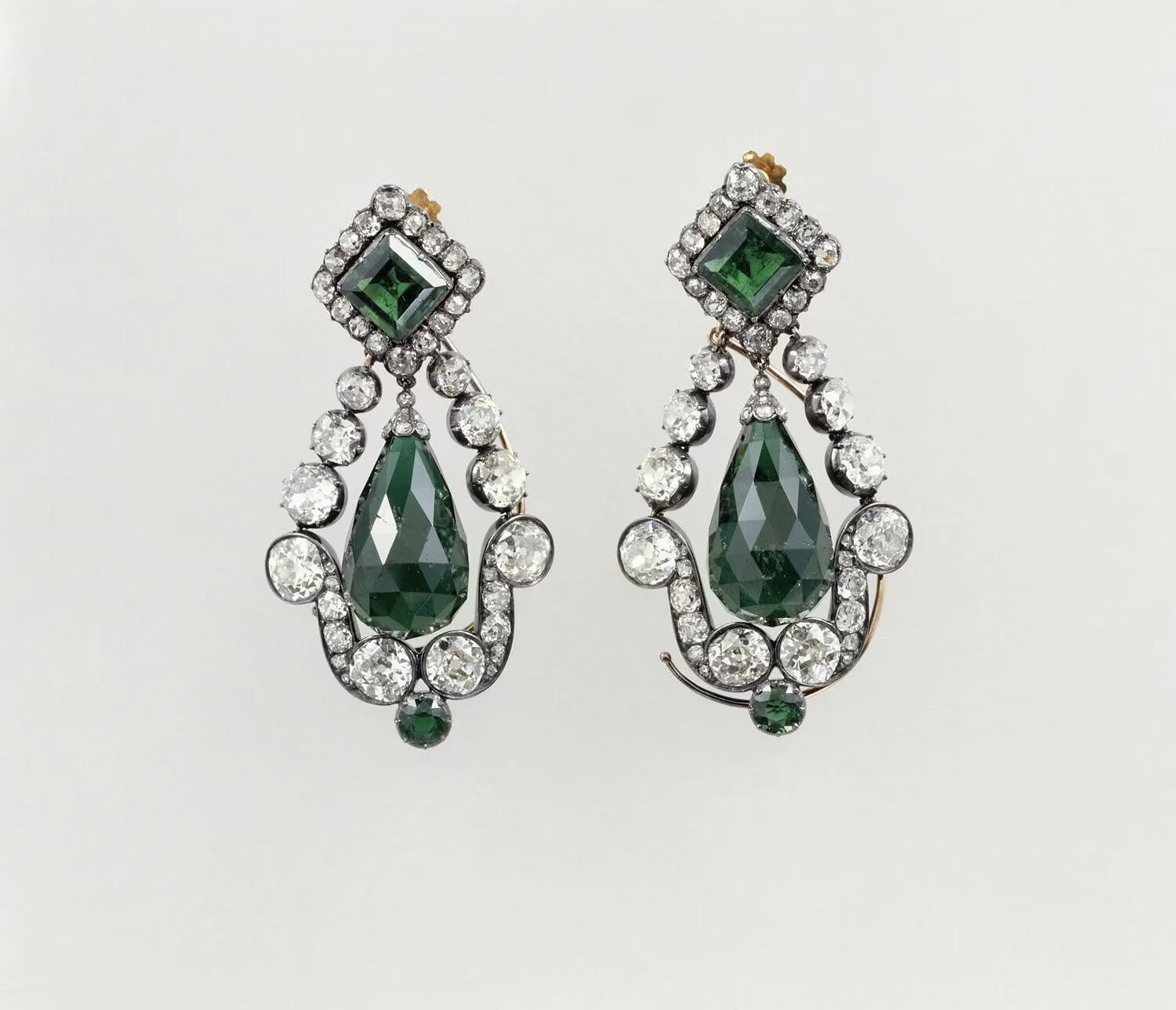
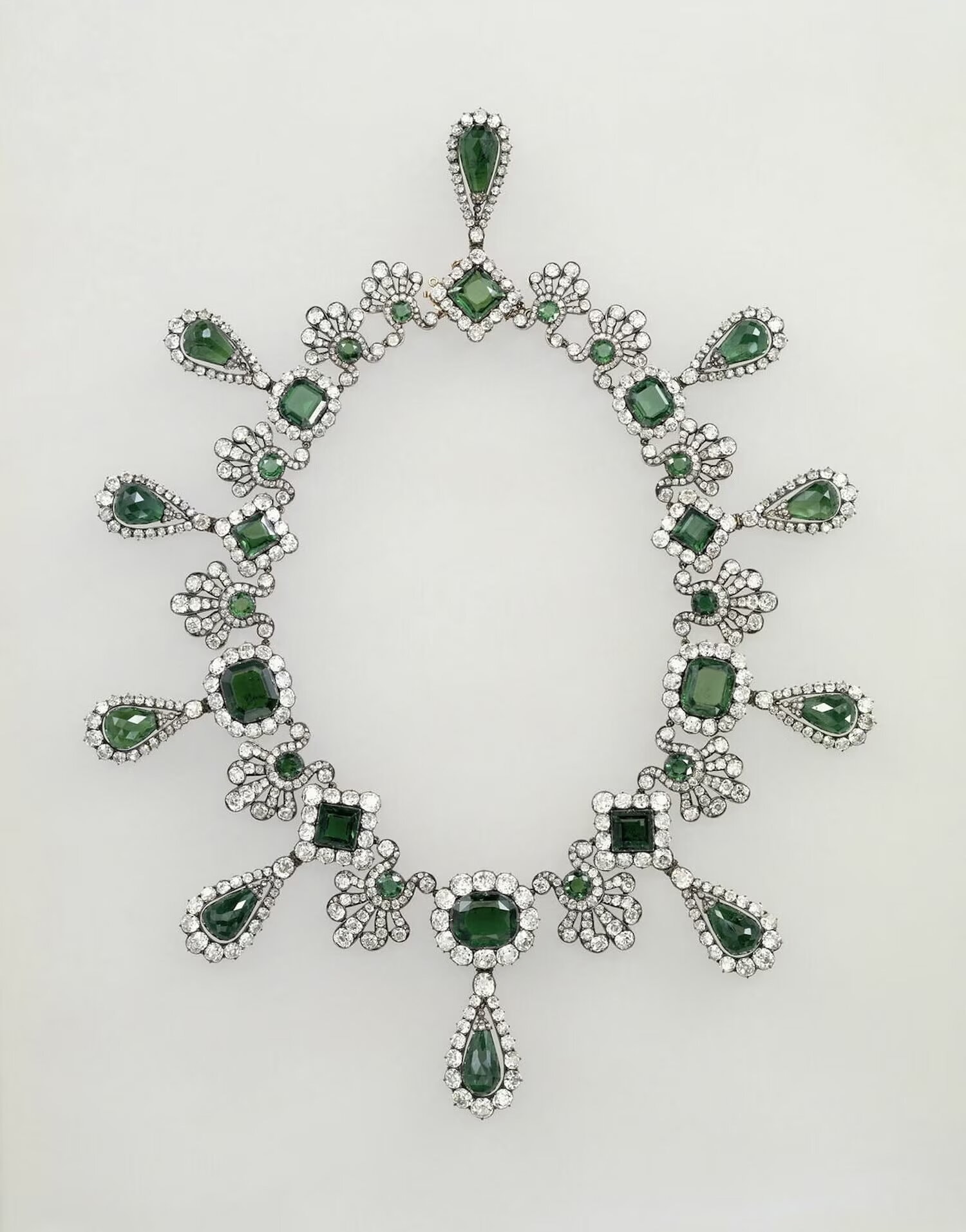
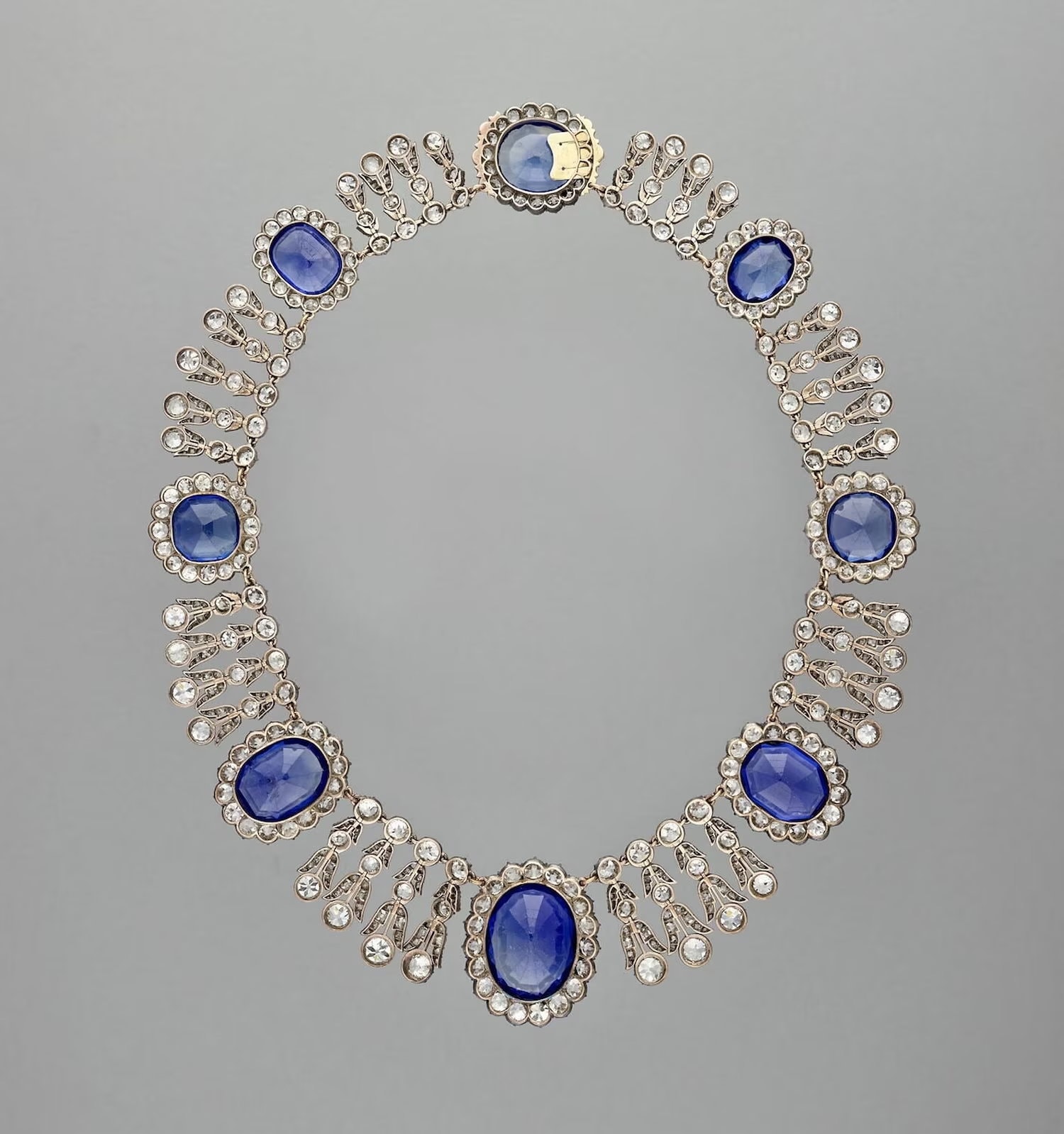

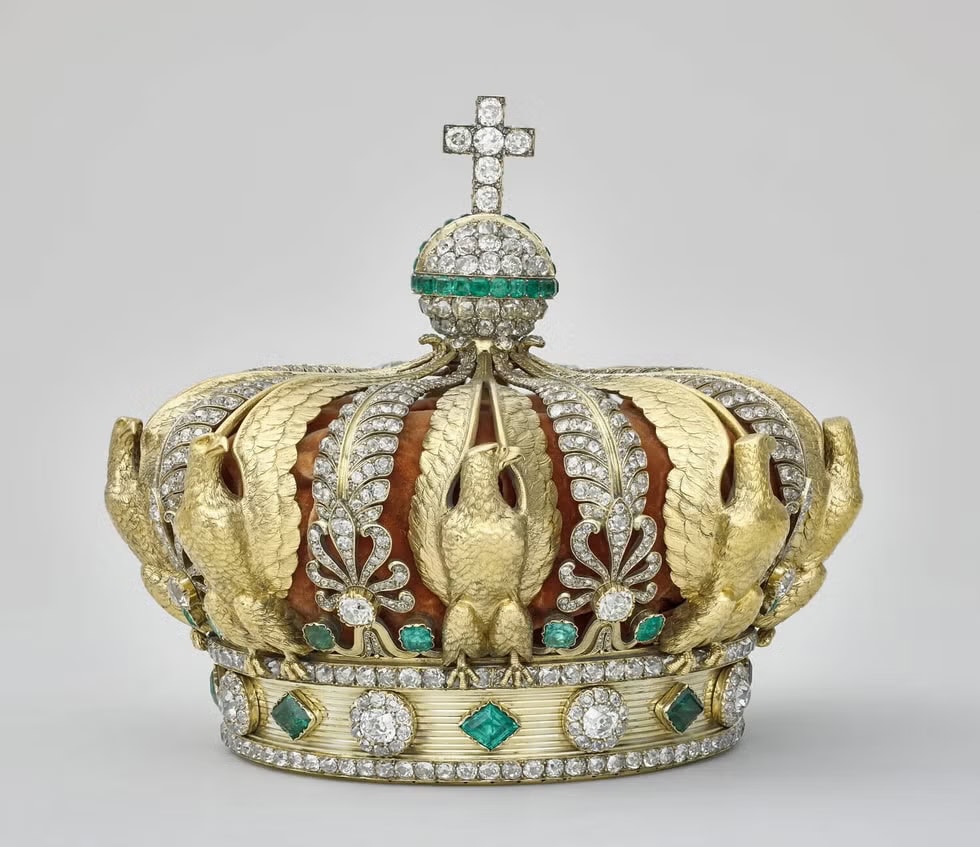
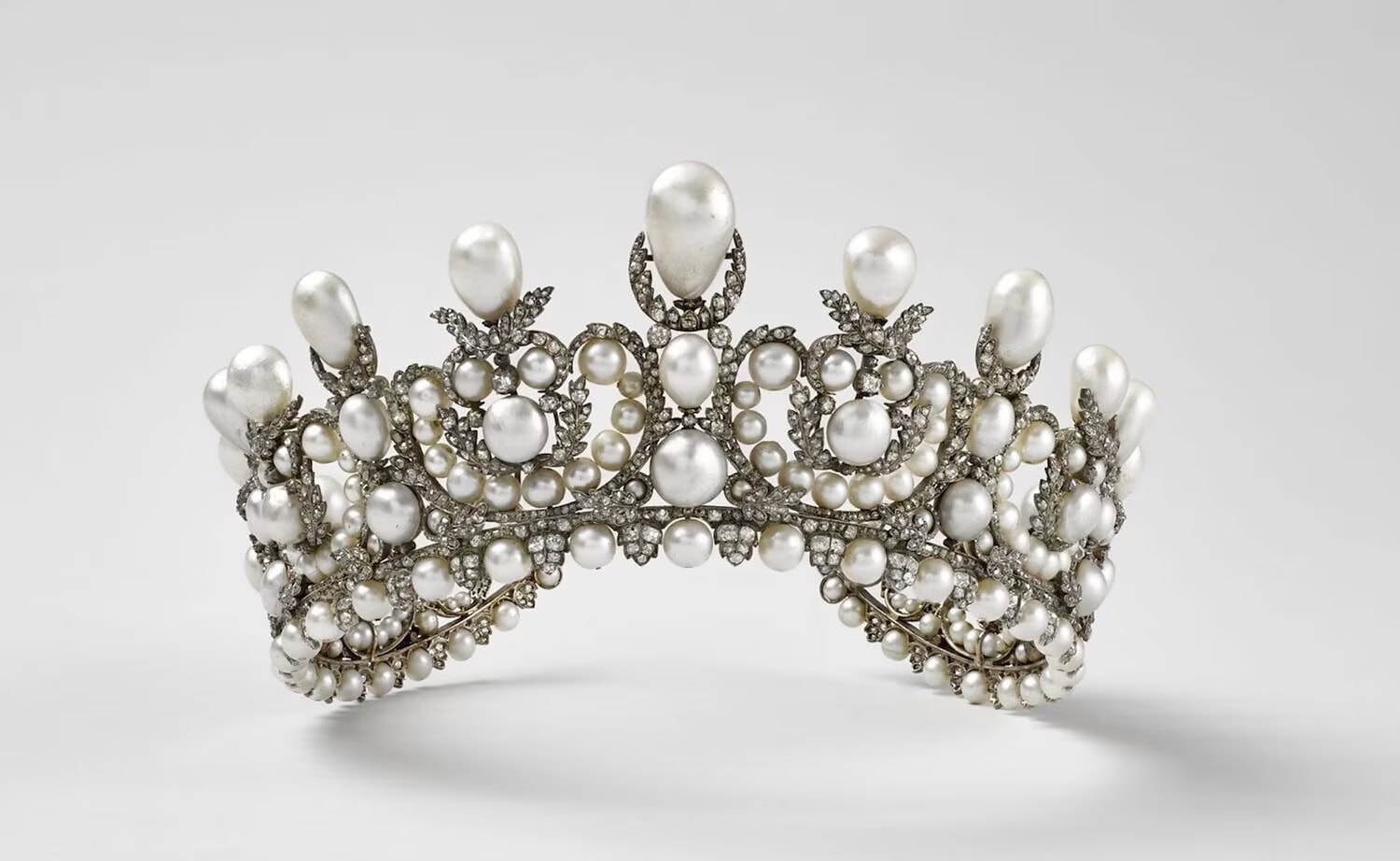
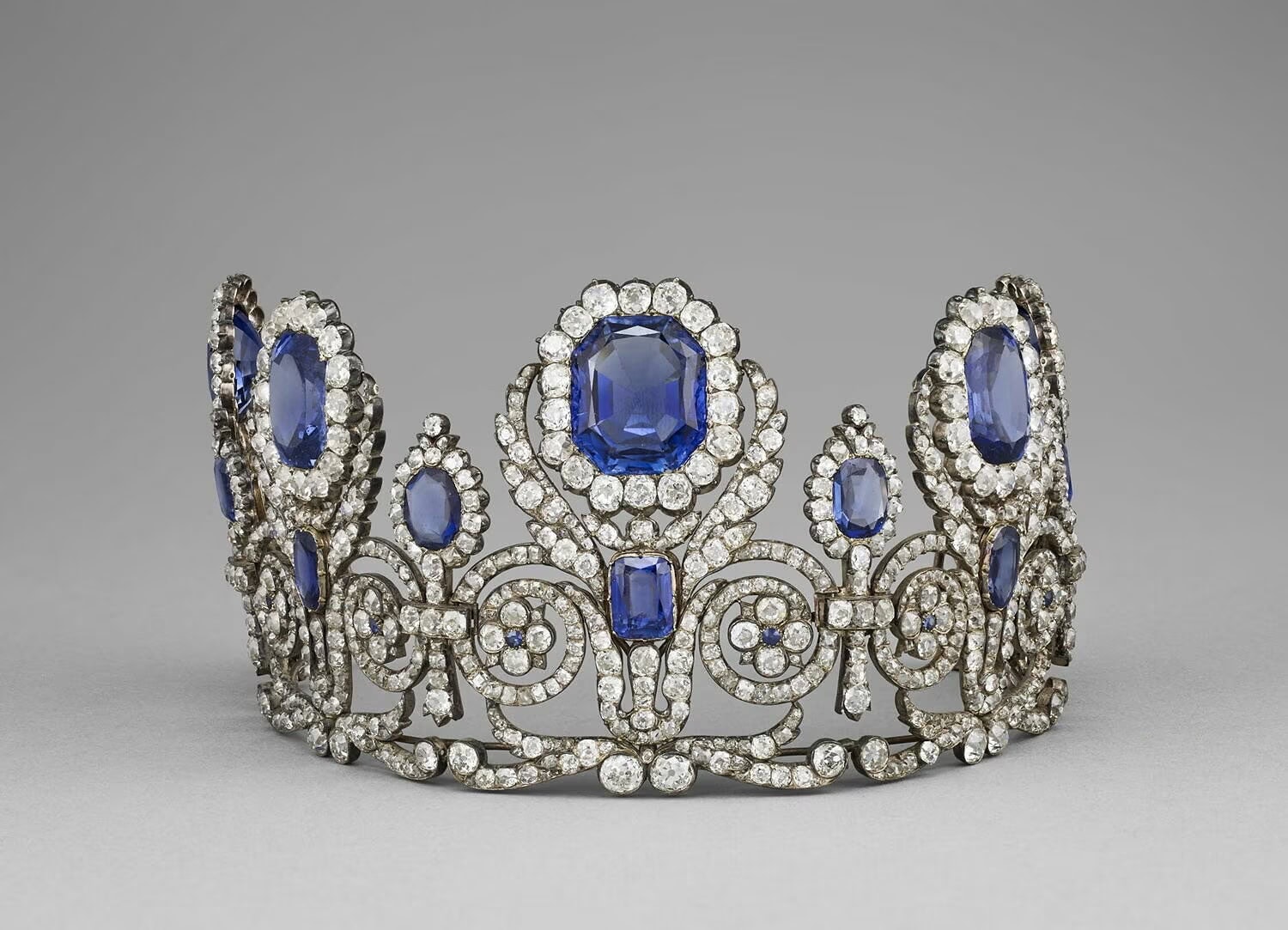
Musée du Louvre | Stéphane Maréchalle
